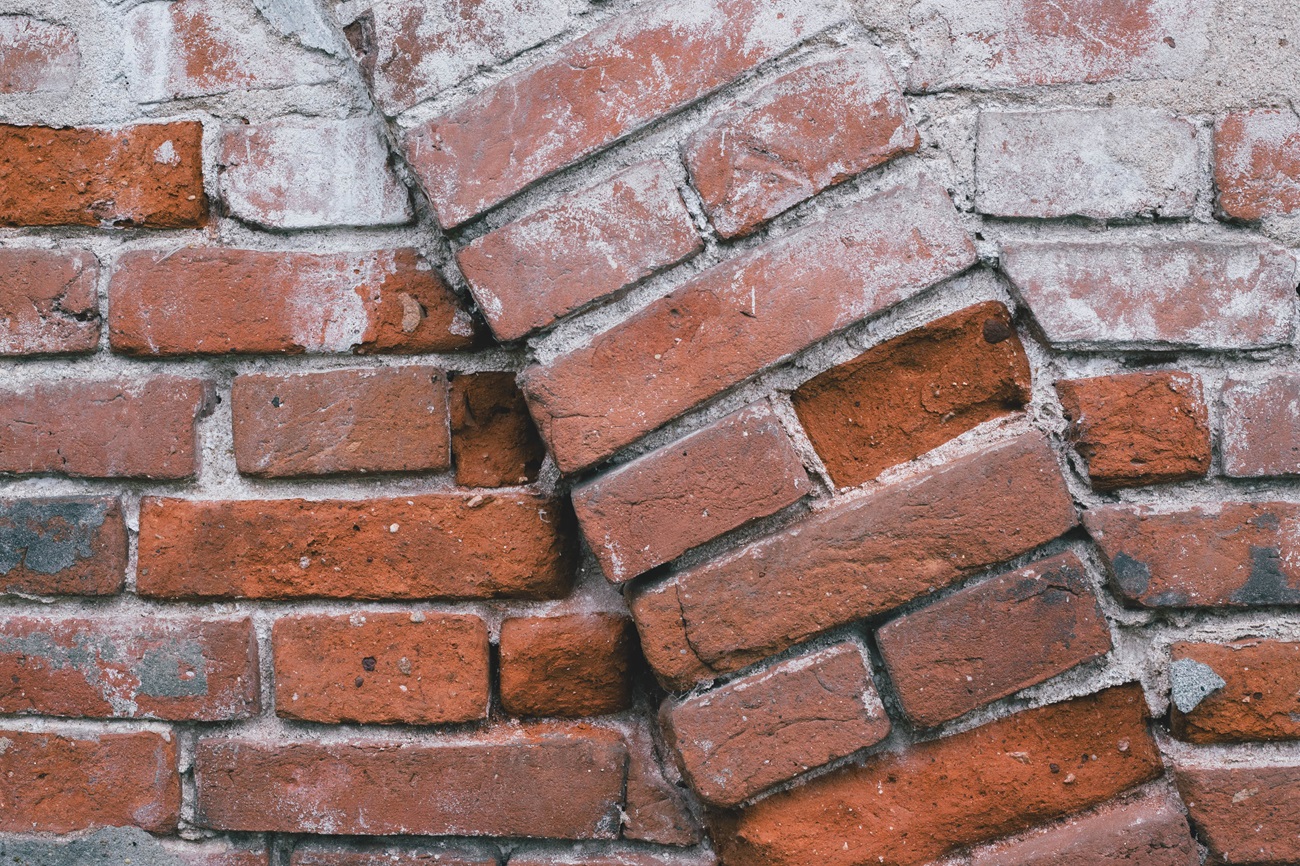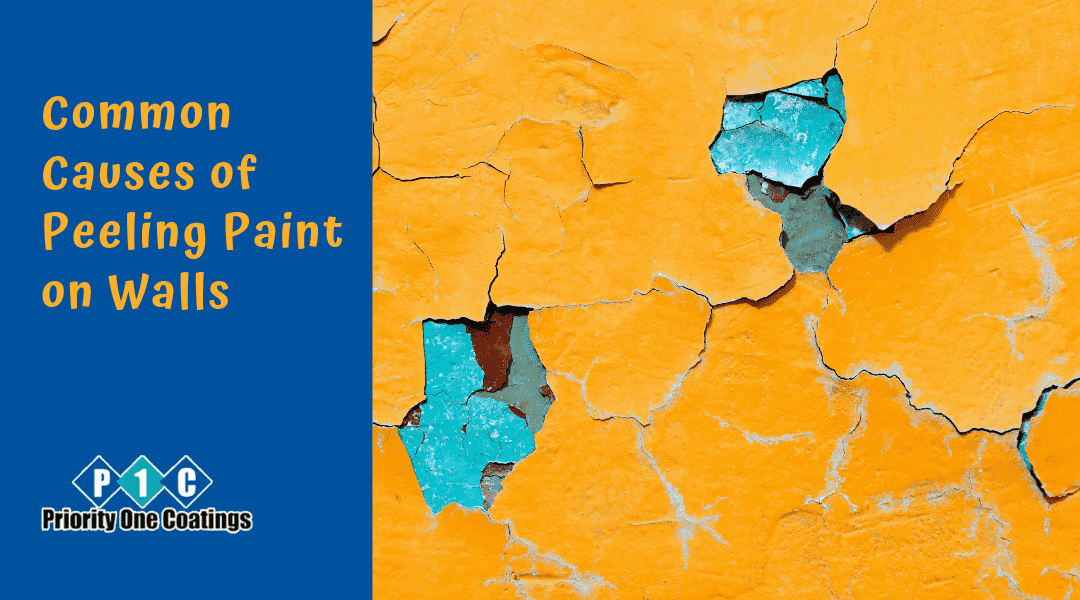Have you ever found chalky patches on the masonry surface of your home? It’s most probably a sign of efflorescence. So, what is efflorescence?
The surface of masonry (concrete, render, brick, or mortar) that has crusty white mineral salts that have leached out from within the substrate when moisture migrates through it is commonly referred to as efflorescence. Calcium carbonate makes up the majority of efflorescence, which is visible as white alkaline salts on the surface of masonry. It requires a fair amount of moisture in order to form.
Efflorescence may happen at various times.
- Primary efflorescence: When there is too much moisture in the building materials, primary efflorescence, also known as “new building bloom”, may show up within the first 72 hours.
- Secondary efflorescence: Salts are extracted to the surface of the building materials by water penetration and external moisture problems, which results in secondary efflorescence.
Is efflorescence a serious problem?
Efflorescence by itself is not harmful, but it may indicate a more significant issue for your property’s foundation. Water seeping into your foundation and bringing these salts to the surface is marked by efflorescence. Over time, your foundation may sustain damage if this water intrusion is not addressed.
The concrete or masonry on your foundation may deteriorate due to the salts that have been deposited on its surface, resulting in cracking and other structural damage.
What are the leading causes of efflorescence?
The mechanisms underlying efflorescence are numerous and complex. In a nutshell, efflorescence happens when water with dissolved salts is brought to the masonry’s surface, where the salts remain after the water evaporates.
Well, there is a common assumption that the problem appears because of the surface material, specifically brick. The soluble compounds are typically visible on brick due to their darker colour, and brick tends to transport water due to its capillary porous nature. So, in simple words, it is incorrect to assume that brick causes efflorescence.
Let’s look at some of the actual reasons behind it.
- The brickwork must contain or come into contact with soluble salts. Brick, mortar ingredients, backing materials, trim, or nearby soil may contain these salts.
- The salts must come into contact with a water source long enough to dissolve them.
- The masonry needs to have a pore structure that permits salt solutions to migrate to the surface or other areas where water evaporation can take place.
What is the best treatment for removing efflorescence?
Are you a homeowner in Sydney and wondering how to get rid of this? Fortunately, there are a few methods and home remedies for removing efflorescence that you can try-
- Diluted vinegar: White vinegar that has been diluted at home can be applied to efflorescence in an emergency. You probably already have vinegar in your kitchen, and it’s less harmful than industrial chemicals.
- Brushing: You can easily remove efflorescence with a powerful brush. Be sure to finish this task in dry, warm weather. Since moisture can cause additional salts to accumulate on the brick’s surface, dry brushing can be used to get rid of them.
- Pressurised water: Using pressurised water could rapidly eliminate efflorescence. A professional painter in Sydney will advise drying off any water you may have used before starting the painting procedure. If the water is not removed, crystals might still be present, which could lead to the reappearance of efflorescence.
How to stop efflorescence in masonry?
It’s always best to take preventive steps if you want to keep your property well-maintained. So, we have come up with an answer to the question of how to prevent efflorescence in masonry-
- Soluble salts are carried to the surface of the masonry by water, so take steps like installing proper moisture barriers to prevent any masonry walling from absorbing moisture.
- After the concrete has been poured, properly cure it to help stop salt efflorescence from forming.
- Avoid placing bricks directly on the ground to keep water from seeping into the materials.
- Make sure the non-porous masonry products you choose have low levels of salt and calcium.
- Choose design details of the architecture where water collection is directed away from horizontal surfaces and wall tops.
- Get wide overhanging roofs, if possible from an architectural standpoint, to help shield walls from rainfall.
- For the first week after construction, freshly laid brickwork should be protected from the weather to avoid salt efflorescence.
Need help with your masonry surface?
Efflorescence usually shows up before painting a masonry surface. So, you must be wondering if you can paint over efflorescence. Yes, but before painting, it is essential to remove it first as it might prevent the proper adhesion of paint.
So, to solve all these issues and ensure flawless masonry, contact Priority One Coatings. Along with providing the best painting services in Sydney, our professional residential painters make sure to clean the surface, repair any kind of damage and prepare a smooth base for a long-lasting result.

